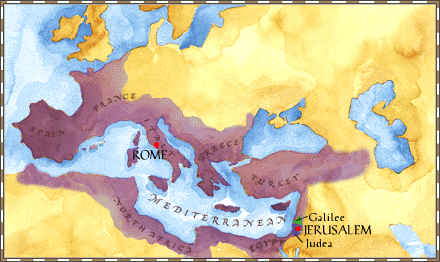
The Roman Empire was, in one word, huge. Most, if not all, of the emperors were very power hungry. The first attack on Britain was by, probably the most famous emperor, Julius Caesar. Caesar made many attempts to conquer Britain, but failed. In 43 AD, the emperor Claudius invaded Britain. The isle of Britain was regarded as a place of mystical awe by the Romans. Claudius’ troops, all 40,000 of them, refused, at first, to disembark from the invasion boats. But once the troops gathered up their courage, well their former fear of the place didn’t stop them at all. They took the land and its people by storm starting from their lading place of Richborough, modern-day Kent. We know about the southern prong only because it was commanded by a future Emperor of Rome, Vespasian. Vespasian’s 2nd legion had no problems conquering the lands of Sussex and Hampshire, their first real opposition came when they got to the lands of the Durotriges tribe in Dorset. The Roman Legions conquered the hill fort of Hod Hill and built their military fort in one corner of the enclosure. They then moved to present day Exeter, conquering twenty hill forts on the way. The conquered towns and villages paid taxes in money or of livestock to the Romans. In return the villagers were allowed to worship their own gods and practice their own religions
Roman Occupation of Britannia
